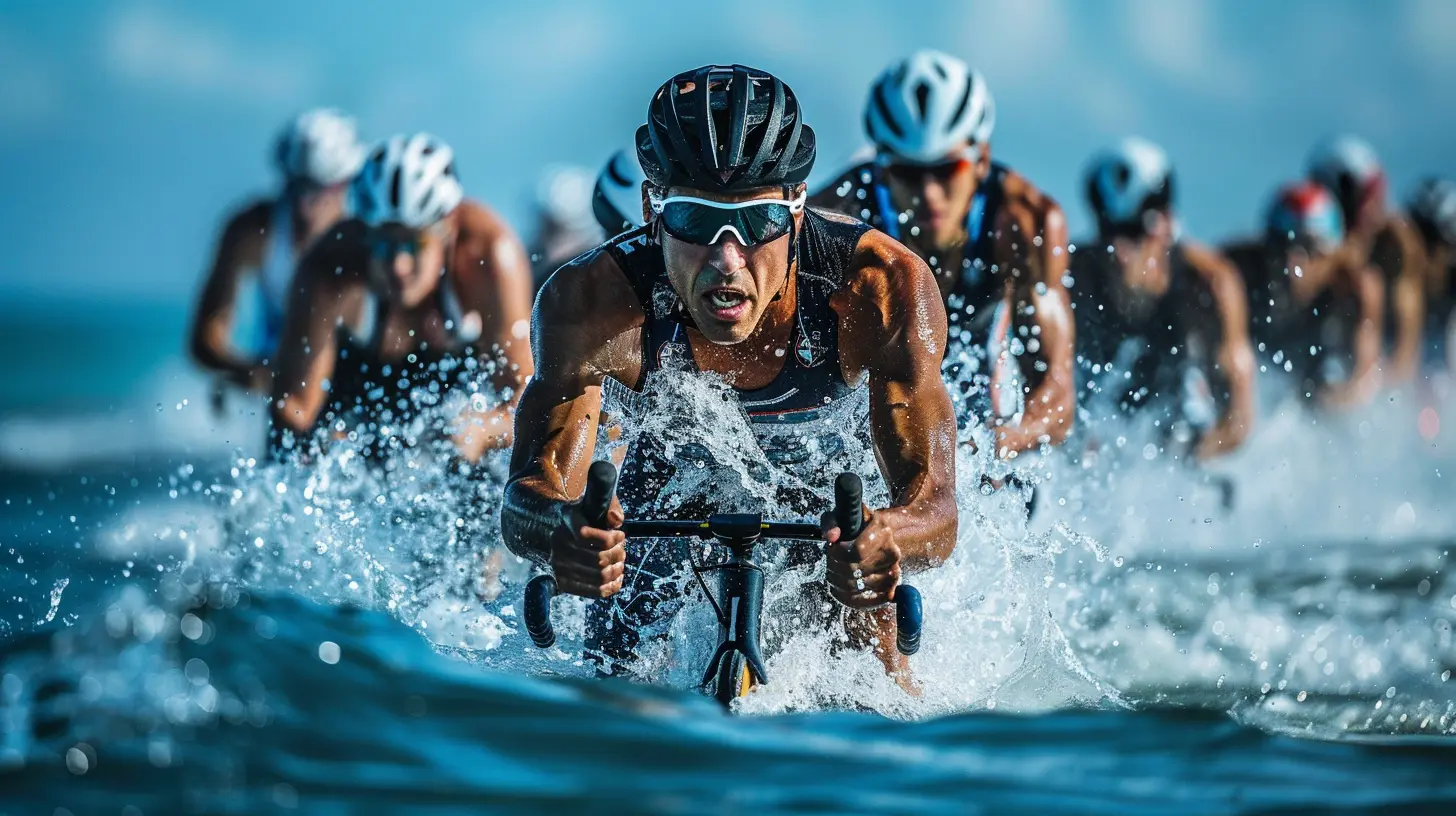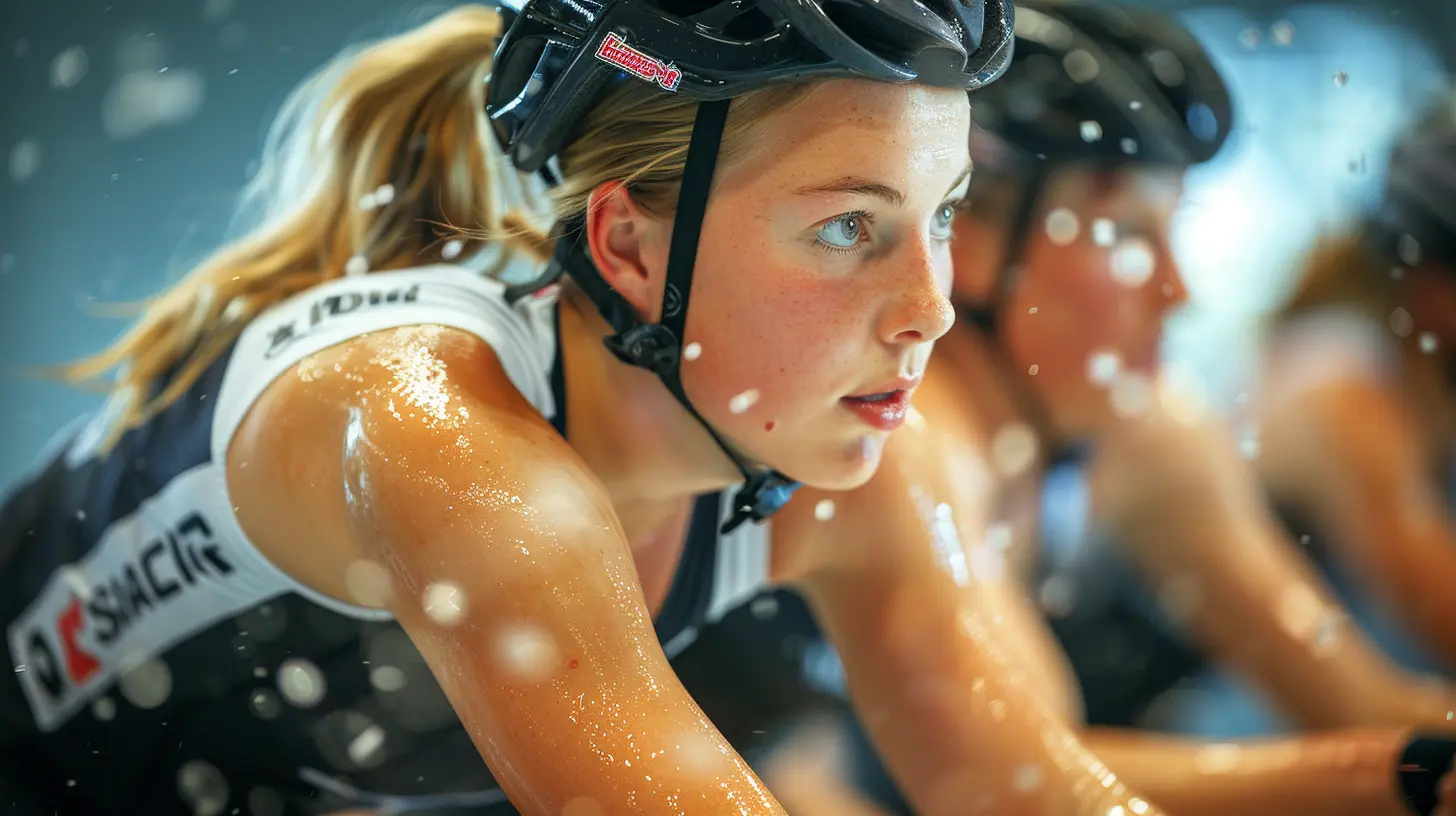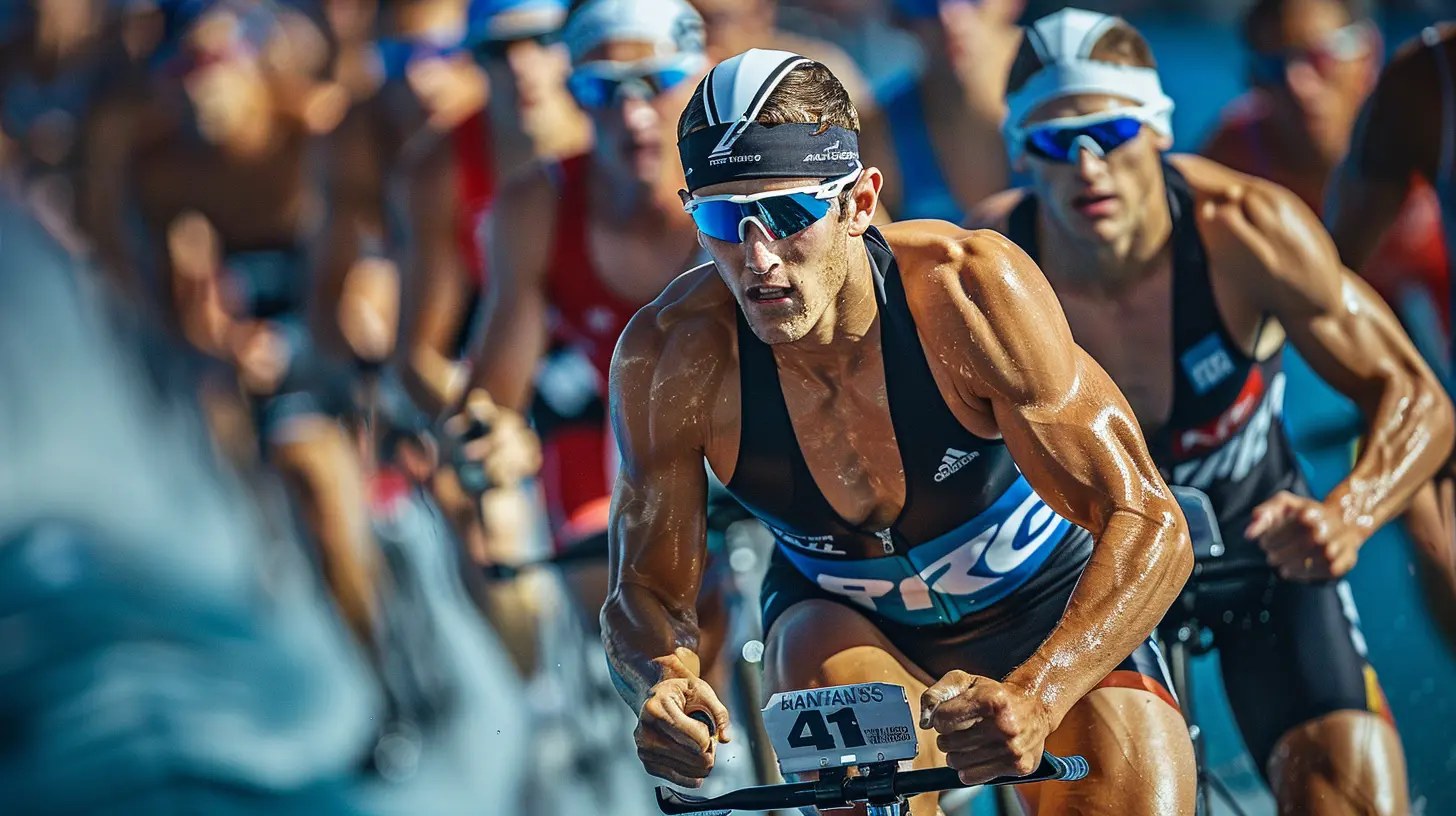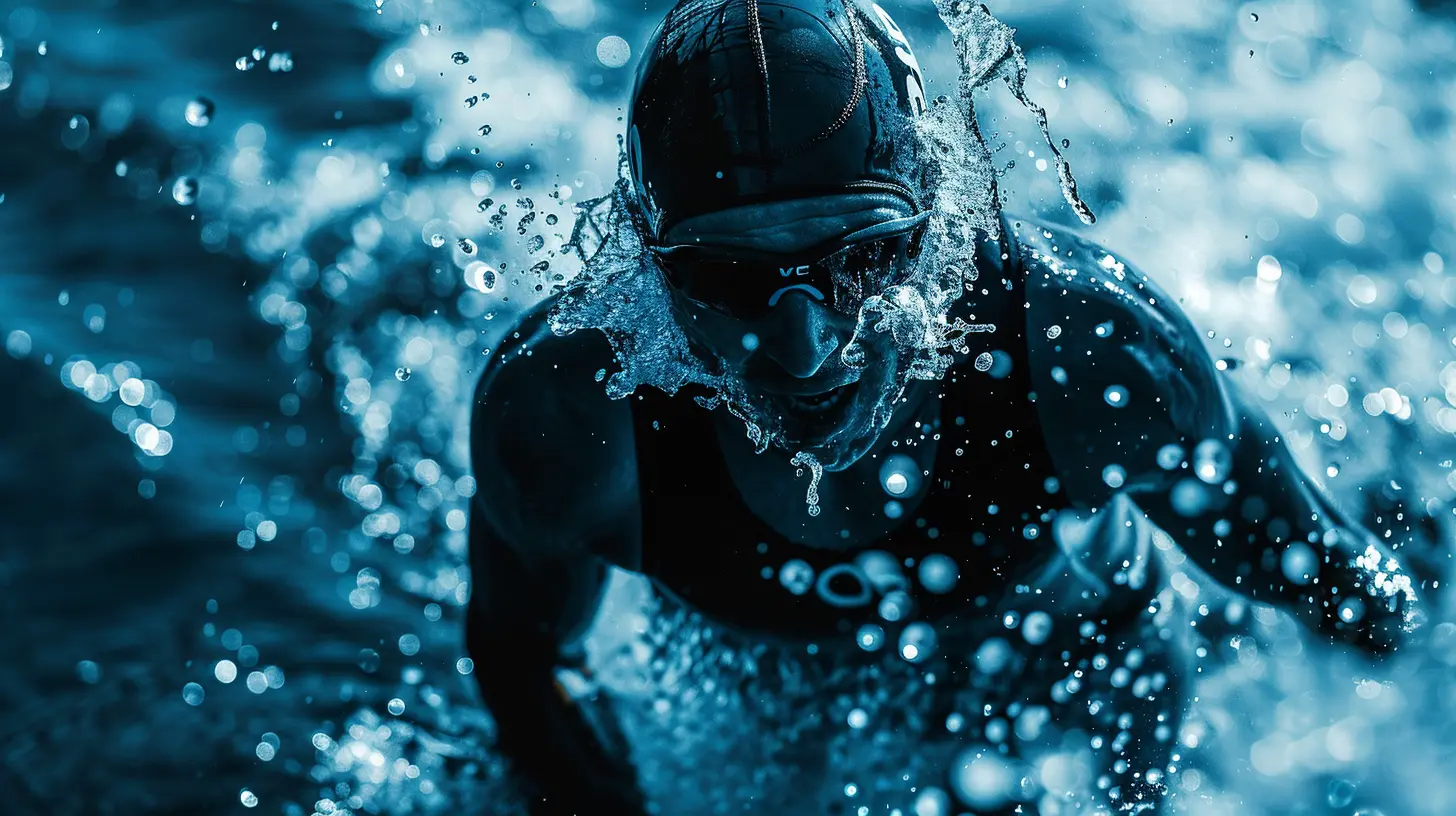Strength Training for Triathletes: Why It’s Essential
28 June 2025
If you've ever trained for a triathlon—or even casually dipped your toe into the swim-bike-run whirlpool—then you already know how demanding the sport can be. Triathlon is no walk (or run, or ride, or swim) in the park. It’s a full-body challenge that pushes your mental grit and physical limits. But here’s something many triathletes still overlook on their journey to the finish line: strength training.
Yeah, we get it. You might be thinking, “I already swim, bike, and run until I’m sore in places I didn’t even know existed. Why add weights to that mix?”
Well, let me tell you—strength training isn’t just a cherry on top. It’s essential if you want to level up your performance, stay injury-free, and keep crushing your personal records (PRs).
Let’s break it all down, piece by piece.
The Big Picture: Triathlon Is More Than Just Endurance
Triathletes are often laser-focused on cardiovascular endurance. And rightfully so—after all, the sport’s backbone is about going the distance. But here’s what many ignore: endurance without strength is like a car with a great engine but no frame. It’ll go fast for a while, then fall apart.Your muscles, joints, and connective tissues need to be strong enough to handle the repetitive stress triathlon training throws at them. Strength training builds the kind of resilience that endurance workouts alone can’t achieve.
Why Strength Training Matters for Triathletes
1. Prevents Injuries
Let’s start with the biggie. Injury prevention. One of the biggest reasons triathletes get sidelined? Overuse injuries. Repeating the same motions (especially running) without muscular support creates a perfect storm for things like shin splints, IT band syndrome, and tendonitis.Strength training acts like armor. It helps correct muscular imbalances, improves joint stability, and reinforces tendons and ligaments. So when your body starts getting tired during those long training sessions, you’re less likely to fall apart.
Think of it this way: strength training is like adding shock absorbers to your body. You can handle more impact without damage.
2. Improves Performance
Wanna swim faster, cycle more efficiently, and run like the wind? Strength training can help with all of that.Strong glutes and hamstrings power your pedal stroke. A stable core keeps your form tight during open-water swims. And strong quads help you push through those brutal miles at the end of a triathlon run.
Strengthening your muscles won’t make you “bulky” (we’ll talk more about that myth in a second), but it will make you more powerful. That means you can generate more force with less effort—hello, faster splits!
3. Enhances Efficiency
Efficiency is everything in triathlon. The less energy you waste with poor form or weak muscles, the more you have left for the podium (or simply finishing strong).Strength training helps improve neuromuscular coordination, which is just a fancy way of saying your body gets better at recruiting muscles to work together—in sync. This can lead to smoother technique, less fatigue, and better endurance.
Efficiency = performance + longevity.
Busting the Bulky Myth
Okay, time to address the elephant in the room. Many triathletes avoid strength work because they’re afraid of getting too bulky. Let’s just say it loud and clear:You will not get bulky unless you are actively training to get bulky.
Triathletes are putting in so much cardio and endurance volume that it's nearly impossible to grow massive muscles. What you will get from strength training is lean muscle mass, faster recovery, improved posture, and more functional movement.
So no, you’re not going to turn into a bodybuilder just because you do some squats and deadlifts.
When Should Triathletes Strength Train?
Great question. Timing matters because you don’t want strength work to interfere with your key swim, bike, or run sessions.Off-Season: Build That Base
The off-season is your best friend when it comes to strength training. You’re not racing, your volume is usually down, and it’s the perfect time to build your foundation. This is when you can lift heavier, work on full-body compound movements, and focus on strength gains.Pre-Season / Base Phase: Maintain & Build
As you start adding more endurance workouts, you can scale back slightly on intensity but still keep strength sessions around twice a week. Focus on maintaining your gains and refining technique.In-Season: Maintain & Prevent
When the race calendar heats up, your strength training can taper off to 1-2 short sessions per week. Think of it as maintenance mode—enough to keep your muscles firing and help ward off injury.What Kind of Strength Training Should Triathletes Do?
Not all strength training is created equal. You don’t want to train like a bodybuilder with isolated machines and bicep curls (not that there’s anything wrong with those in the right context).What you need is functional, performance-focused strength training.
Focus Areas:
1. Core Strength
Your core is more than just your abs—it’s the entire trunk of your body. A strong core helps keep your posture and form solid across all three disciplines. Planks, Russian twists, bird-dogs, and deadbugs are your new best friends.2. Glutes & Hamstrings
These muscle groups are powerhouses, especially for cycling and running. If they’re weak, your quads and lower back will overcompensate. Romanian deadlifts, hip thrusts, and lunges are key.3. Mobility & Stability
Don’t sleep on mobility. Joint health and flexibility matter just as much as strength. Foam rolling, dynamic warm-ups, and mobility drills should always be part of your routine.4. Upper Body Strength
Swimming demands strong shoulders, lats, and triceps. Push-ups, pull-ups, rows, and kettlebell swings can work wonders here.5. Unilateral Movements
Balance is a big deal in triathlon. Unilateral exercises (think single-leg squats or step-ups) help correct imbalances and improve coordination.Sample Weekly Strength Routine for Triathletes
Let’s keep it simple. Here’s a basic strength schedule that fits around your swim-bike-run plan (assuming you're training 6 days a week):Monday: Upper Body + Core (45 min)
- Push-ups or bench press – 3 sets- Pull-ups or rows – 3 sets
- Dumbbell shoulder press – 3 sets
- Front plank – 3 x 60 seconds
- Deadbugs – 3 x 10 reps
Wednesday: Lower Body + Posterior Chain (45 min)
- Squats or goblet squats – 3 sets- Romanian deadlifts – 3 sets
- Bulgarian split squats – 3 sets
- Hip thrusts – 3 sets
- Glute bridges – 3 sets
Friday: Full Body Functional & Mobility (30-40 min)
- Kettlebell swings – 3 sets- Step-ups – 3 sets each leg
- TRX rows – 3 sets
- Dynamic stretches & foam rolling
You can tweak the days based on your triathlon training volume, but keep the total sessions to 2-3 a week for best results.
Recovery Matters
Strength training adds stress to your body (the good kind), so recovery becomes even more important. Make sure you’re:- Getting quality sleep (yes, it’s that important)
- Eating enough protein and carbs
- Stretching and foam rolling
- Paying attention to how you’re feeling—don’t ignore fatigue
Your gains happen during recovery, not during the workout. Rest smart.
Strength Training = Longevity in Triathlon
Let’s be honest—triathlon is not a one-and-done kind of sport. Whether you’re gearing up for your first sprint tri or you’ve got Ironman tattoos, you’re probably in this for the long haul.Strength training doesn’t just help you race faster—it helps you race longer. It’s the support system that keeps your body strong and stable through years of hard training and racing.
Want to still be racing (and winning age groups) in your 50s, 60s, and beyond? Get lifting.
Final Thoughts: Time to Embrace the Iron
If you’re a triathlete who’s been putting off strength training, consider this your sign. No need to go full CrossFit or spend hours in the gym. Just add simple, consistent strength work into your weekly plan, and the results will speak for themselves.More power. Fewer injuries. Better performance. Strong body = stronger triathlete.
So go ahead—grab those dumbbells. Your swim will thank you. Your bike ride will feel smoother. And that final run leg? You’ll crush it.
Let’s build a body that can go the distance—and then some.
all images in this post were generated using AI tools
Category:
TriathlonAuthor:

Uziel Franco
Discussion
rate this article
2 comments
Emmett Vasquez
Strength training is your secret weapon, triathletes! Embrace it, and watch your performance soar!
November 8, 2025 at 4:17 AM
Annette Mathews
Great insights! Strength training truly enhances triathlete performance and resilience.
July 17, 2025 at 6:47 PM

Uziel Franco
Thank you! I'm glad you found the insights valuable. Strength training is indeed a key component for enhancing performance and resilience in triathletes!


